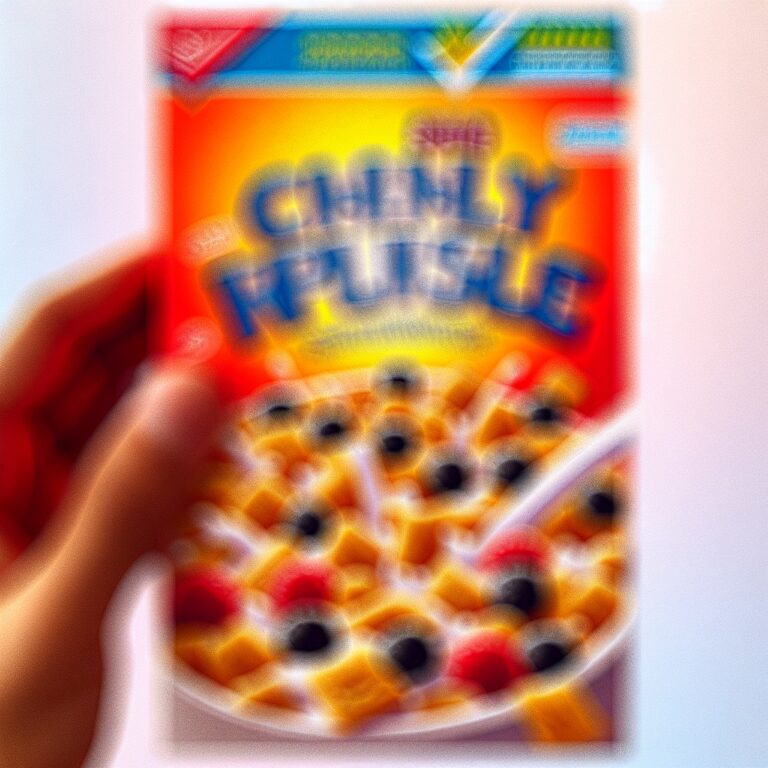I recently visited London Packaging Week, which brings together companies in the FMCG, beauty, luxury, and food and drinks packaging spaces, and celebrates their latest innovations too.
While there, I attended a few seminars, which were presented by an impressive line-up of speakers (from Nestlé, Unilever and DEFRA, to name a few companies).
During one of these sessions, we, the audience, were presented with a scenario: “Imagine being extremely visually impaired, dairy intolerant, and trying to navigate a supermarket, as well as packaging”.
This is the reality for Marc Powell, Global Accessibility Centre of Excellence Lead at Unilever (and former Paralympian!). He highlighted the challenges he faces on a daily basis – such as not being able to find products in supermarkets, not being able to read packaging to ensure it’s dairy-free, and in some cases, not being able to open the packaging.
The sad truth
At this point, I realised – rather ashamed – that I’d never considered how un-inclusive the packaging world is. It’s easy for the majority – the able-bodied masses – to shop in supermarkets, access product information and open packaging with such ease that they don’t give it a second thought. Yet, as Powell pointed out, we’re all getting older. Populations are living longer nowadays and most able-bodied people will gradually become visually impaired. They may even develop degenerative, physically limiting conditions, such as arthritis, thus making them lesser abled.
So, what are brands doing to make packaging more inclusive?
The session in which Powell spoke was called Conscious Consumerism: Inclusive packaging designed for everyone and was moderated by Waqas Qureshi, Editor at Packaging News. Other speakers were: Stefan Casey, Front-End Innovation Packaging and Digital Transformation Senior Specialist at Nestlé; Katie Roselaar, Technical Service Manager at The Pack Hub; and Lucy Burgess, Strategy Director at Touch Design.
Solutions
On stage, the speakers discussed the challenges of designing inclusive packaging, including finding the balance between sustainability, safety (think: ‘accessible, but childproof’) and, of course, cost.
Thankfully, with the support of companies like Touch Design, brands are able to re-think and redesign their packaging to make it more inclusive (and often more sustainable too). For example, John West (tinned fish), did away with fiddly shrink wrap for its ambient tuna packaging. Instead, it implemented an aluminium strip, which is designed to be recycled with the can and avoid 65 tons of plastic shrink wrap waste every year. The new design, named ‘Ecotwist’, is easy to access too; consumers simply need to twist and pull to open the pack.
We were also introduced (by Powell) to NaviLens, a remarkable technology designed to improve accessibility for people with visual impairments. It uses coloured QR code-like tags that can be read by a smartphone from a distance, even without needing to know where the tag is located. Unlike traditional QR codes, which need to be scanned at a close distance and precisely aligned, NaviLens tags can be picked up by smart phones from up to three metres away, when a blind or partially sighted shopper points their device in the direction of the tag. The user can then be guided to the code (and thus, the item it is placed upon) with audio instructions. The technology can read product information aloud too.
NaviLens was explored further by Steve Wardle, Senior Manager – Brand Design Operations at Kellanova, in the following session, titled Connected Packaging: Revolutionising Consumer Engagement Now (presented alongside Jenny Stanley, Founder and Managing Director at Appetite Creative). After demonstrating NaviLens, Wardle revealed Kellanova (which is owned by Kellogg’s) was the first company in the world to put the technology on its packaging. Since 2022, it has included the tags on more than 750 million Kellogg’s cereal boxes and more recently, its Pringles tubes.
Future-proofing
These exciting, successful solutions and technologies prove that there is demand. Yet, with inclusive packaging not being widely talked about, let alone seen in the shops, there is still more to be done.
Ask yourself: is your company truly doing enough in the inclusive packaging space? While the answer may currently be “no”, it’s certainly something to consider next time you upgrade your packaging to a more sustainable design. Keep inclusivity at the forefront, just as we’re keeping sustainability at the forefront, and factor both into your new packaging solutions. Also consider the added bonus of meeting your company’s CSR objectives while improving its reputation among consumers, as it takes steps to truly cater for all.
Inclusive packaging may not yet be ‘mainstream’, but it is where the industry is headed. You heard it here first.
See how AD Communications is helping its clients to future-proof their businesses: adcomms.co.uk/our-work
